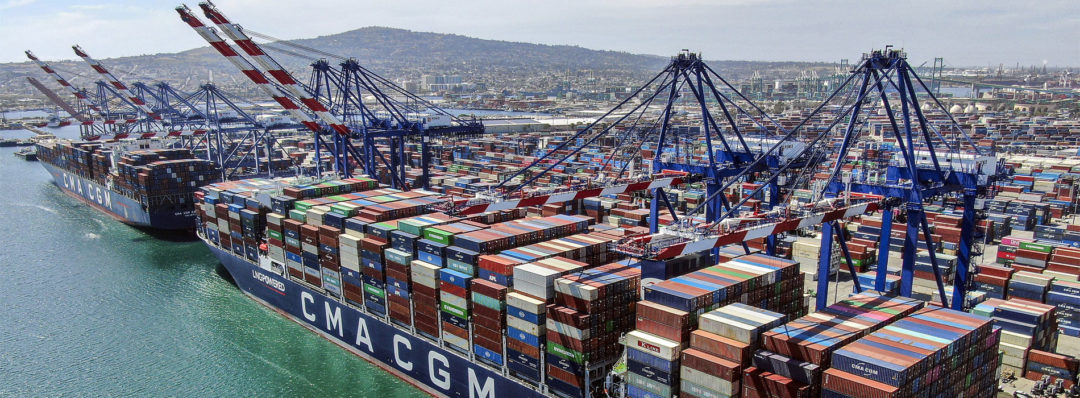CMA CGM to pay bonus for quick return of empty containers
“Early return incentive program” could alleviate pressure on U.S. exporters and expedite the flow of goods, containership giant says.

The French containership giant CMA CGM Group has launched an “early return incentive program” to encourage shippers to bring empty shipping containers back to port facilities more quickly, saying the move will support U.S. exporters and expedite the flow of goods.
Calling the plan a shipping industry first, CMA CGM said it would implement the Early Container Return Incentive Program at the FMS terminal in Los Angeles and all CMA CGM return locations in Chicago, Dallas, Memphis, and Kansas City, Kansas. The program will run from May 16 to July 15, with the goal of accelerating the return of empty containers and ensuring that U.S. exporters have even greater access to equipment.
The initiative comes as shippers have encountered painful supply chain delays over the past year through congestion at container ports and tight capacity in the trucking sector. Those conditions have created an imbalance in the flow of shipping containers, resulting in gluts at certain supply chain nodes and shortages at others.
Previous efforts to find solutions for the problem have included the creation of pop-up container yards near maritime facilities and the passage of an ocean shipping reform act that would assert stronger federal control over maritime carrier practices.
CMA CGM acknowledged those conditions, saying the shipping industry has experienced an unprecedented spike in demand, leading to severe congestion throughout North America’s supply chain. Exporters have been impacted particularly hard by the challenges, with the lack of equipment making it more difficult to get their goods to market in a timely manner, the company said.
“CMA CGM is committed to doing everything we can to increase the fluidity and velocity of America’s supply chain,” Ed Aldridge, President of CMA CGM and APL North America, said in a release. “Our new program will result in an incentive credit for our importers, improve equipment availability for our exporters and expedite the flow of goods into and out of America’s heartland. It’s truly a win-win for everyone.”
According to the company, its 60-day incentive program will pay $300 per dry container returned to eligible locations, resulting in approximately 43,000 dry containers being put back into circulation within 4 days of pickup on or after May 16.
This new initiative is the second incentive program implemented by CMA CGM in the U.S., following the Early Container Pickup Incentive Program the company initiated at the ports of Los Angeles and Long Beach at the end of 2021.
Port officials on the west coast applauded the program. “With this incentive program, the CMA CGM Group is facilitating a more robust flow of goods through the Port of Los Angeles and helping U.S. exporters get their product to destinations around the globe more quickly. CMA CGM has been a reliable partner to the Port of Los Angeles and a driving force for change throughout the spike in demand,” Gene Seroka, executive director of the Port of Los Angeles, said in a release.
Related Articles
Copyright ©2024. All Rights ReservedDesign, CMS, Hosting & Web Development :: ePublishing